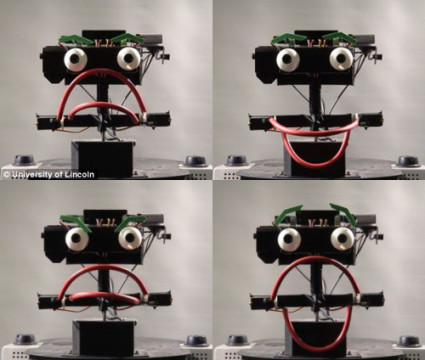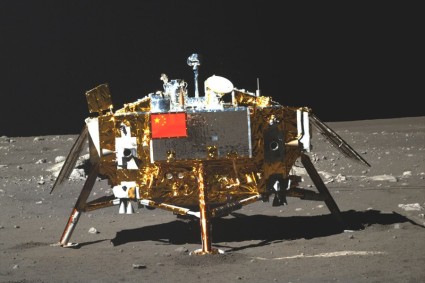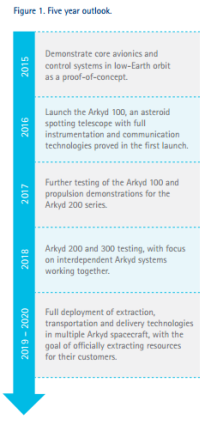
Robohub.org
What’s new in robotics this week? China’s had a telescope on the moon the past 2 years
Why humans interact better with robots that have imperfections; China reveals its lunar robot telescope; Walking-rolling robot; Capital last obstacle to sustainable asteroid mining, and more.
Research reveals robot flaws are key to interacting with humans

ERWIN, one of the robots used in the study.
PhysOrg – People are more likely to form successful “working relationships” with robots that display human-like imperfections in thinking and behaviour, according to research from the University of Lincoln’s School of Computer Science.
One of the researchers, Mriganka Biswas said:
Our research explores how we can make a robot’s interactive behaviour more familiar to humans, by introducing imperfections such as judgemental mistakes, wrong assumptions, expressing tiredness or boredom, or getting overexcited. By developing these cognitive biases in the robots – and in turn making them as imperfect as humans – we have shown that flaws in their ‘characters’ help humans to understand, relate to and interact with the robots more easily.
The researchers studied interactions between humans and the ERWIN (Emotional Robot with Intelligent Network) and Keepon robots.
During half of the interactions the robots were not affected by cognitive biases, but during the remainder, ERWIN made mistakes when remembering simple facts (using verbal abilities and expressions) and Keepon showed extreme happiness or sadness (using various movements and noises).
The participants were then asked to rate their experiences, and the results revealed that almost of all of those taking part enjoyed a more meaningful interaction with the robots when they made mistakes.
Fascinating research, which may have implications for future robot design.
However, the phrase “working relationship” is slightly misleading here (PhysOrg simply copied it from the press release).
These are not industrial robots. Nor are they robot coworkers. They are care/companion robots. The care relationship is not purely a “working relationship”; at least not from the perspective of the end user. Further the demands and requirements of the care environment are quite different from those of the workplace.
Nobody wants huge industrial robots making deliberate miscalculations and behaving erratically in order to endear itself to its human coworkers. The most likely outcome of such a strategy would be a series of expensive lawsuits.
But when it comes to smaller robot co-workers, could they be made more appealing by introducing some human-like quirks or flaws? For use in the workplace, such flaws would have to be fleeting and obviously designed merely to give the bot a bit of character.
We have to ask: What degree of erratic reasoning, misunderstanding, and illogical behavior is acceptable in the workplace?
(I’m asking this question about robot coworkers, and not your human colleagues. Ahem.)
China has had a telescope on the moon for the past two years

Chinas Chang’e 3 moon lander.
New Scientist – A paper published this week revealed that China has been using a remotely operated robot telescope on the moon since 2013.
As New Scientist reports:
The 15-centimeter telescope is mounted on the Chang’e 3 lander, which touched down on the lunar surface in December 2013. Chang’e 3 carried the Yutu rover, which repeatedly struggled to survive the lunar night and ceased working in March this year – but the lander is still going strong.
According to the research paper, the robot carried out 2,000 hours of observations in its first eighteen months on the moon.
Courage or capital: The final obstacles for sustainable asteroid mining
 Accenture Consulting – Capital is the last major obstacle to sustainable asteroid mining, according to this optimistic report (full PDF) from Accenture Consulting and Planetary Resources.
Accenture Consulting – Capital is the last major obstacle to sustainable asteroid mining, according to this optimistic report (full PDF) from Accenture Consulting and Planetary Resources.
Finally, the asteroid mining sector faces the need for capital infusion to get these projects off the ground. Not all capital sources have the courage required to be a part of a highly risky and long-term investment, but with the extremely high potential payout for successful resource acquisition, more and more prominent investors are starting to take note.
The timeline (see above) predicts “full deployment” of extraction, transportation and delivery technologies via the Arkyd spacecraft by 2019-2020.
QRoSS round robot rolls along, then sprouts legs to walk
NBC News – QRoSS has a quadrupedal walking system completely enclosed by a spherical metal cage, and it can be tossed or rolled along the floor as easily as any other ball. When it senses that it has come to a stop, four legs unfold and bring it upright, then allow it to walk along the ground.
And finally …
A robot monk with artificial intelligence makes debut (People’s Daily Online); Volvo will accept liability for self-driving car crashes (AutoBlog); Tesla’s cars can drive themselves starting tomorrow (The Verge); President Obama puts his finger on the real danger of robots (Washington Post); Researchers say they’ve recreated part of a rat brain digitally (New York Times); and Singapore introduces Robocoach to keep older citizens in shape (The Guardian).
tags: What's new in robotics this week







